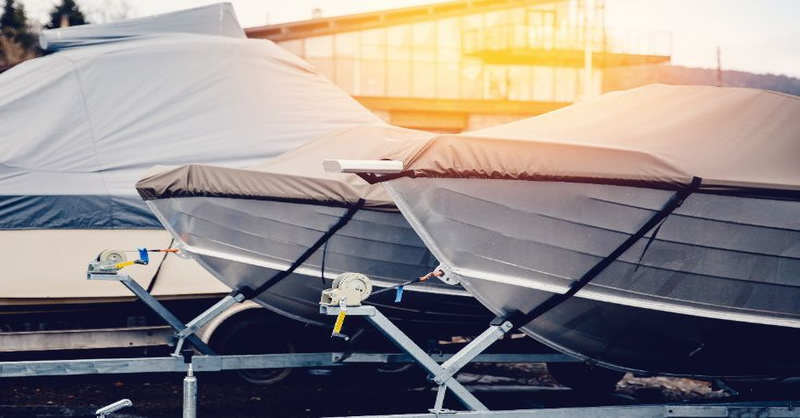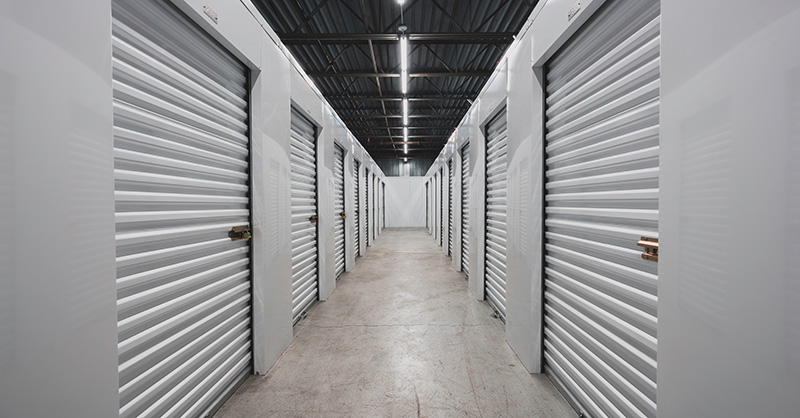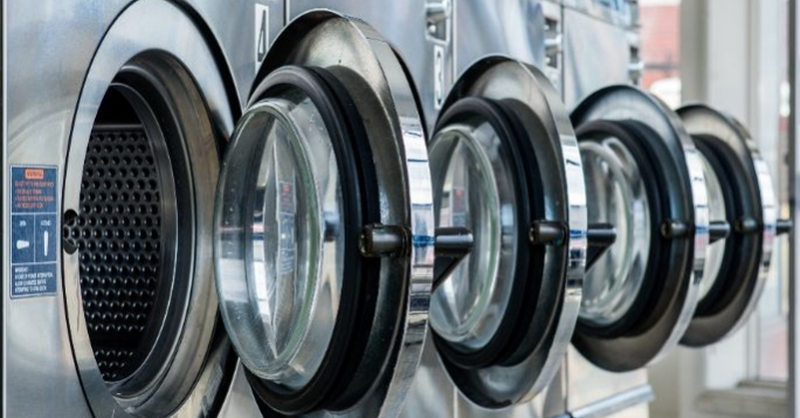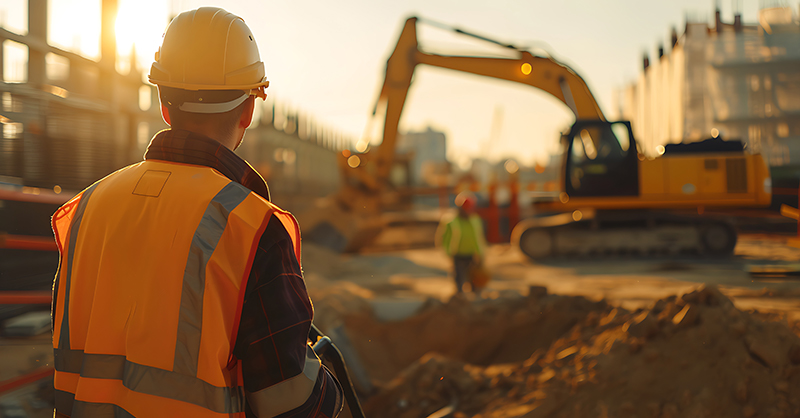Managing Hyperthermia and Hypothermia Risks on Construction Sites
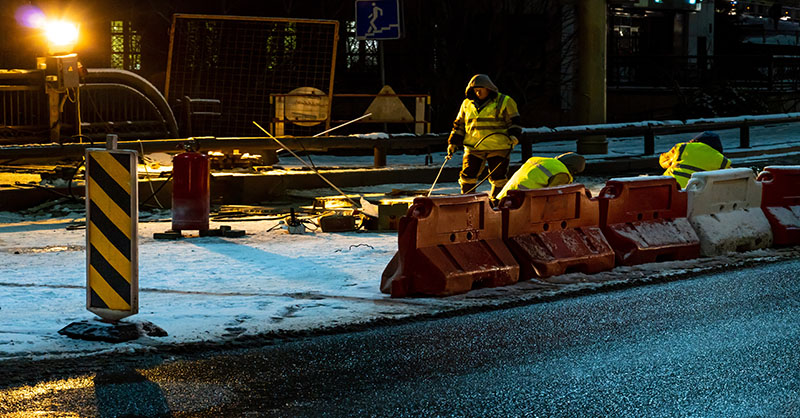
Construction workers often encounter extreme weather conditions, ranging from scorching heat to bone-chilling cold. Proper risk controls are crucial to safeguard workers from heat stress (hyperthermia) and cold stress (hypothermia).
Hyperthermia (Heat Stress)
Hyperthermia occurs when the body absorbs more heat than it can dissipate. Construction workers face heat stress due to hot temperatures, humidity, physical exertion, and heat generated by nearby equipment. Jobsite injuries can increase in hot conditions from impaired thinking, dizziness, increased fatigue, and sweat covered eyewear. Here are some essential risk controls:
- Training and Education:
- Employers should train workers to recognize heat stress symptoms and preventive measures.
- Signs of heat exhaustion and heat stroke include high body temperature, confusion, excessive sweating, and severe headaches.
- Engineering Controls:
- Implement shielding, barriers, and insulation for hot processes to reduce heat exposure.
- Improve ventilation, use fans, and eliminate heat sources to prevent heat stress.
- Hydration and Proper Clothing:
- Encourage workers to drink plenty of water (1 cup or 8 oz. every 15–20 minutes during moderate work).
- Provide lightweight, breathable, hi-visibility clothing.
- Use wide-brimmed safety helmets and sunscreen to protect against direct sunlight.
- Consider breathable cut level four gloves to maintain grip even with sweaty hands.
- Scheduled Breaks:
- Schedule frequent breaks in shaded or air-conditioned areas during peak heat hours.
Hypothermia (Cold Stress)
Hypothermia occurs when the body loses heat faster than it can produce it. The symptoms of mild to severe hypothermia include a drop in body temperature to below 95 degrees, shivering stops, slurred speech and confusion. Construction workers face this risk during prolonged exposure to cold weather. Key risk controls include:
- Gradual Exposure:
- Introduce workers gradually to cold environments to allow acclimatization.
- Monitor workers closely during initial exposures over multiple shifts.
- Engineering Controls:
- Provide radiant heaters and use windbreaks if possible.
- Use tents and job trailers for relief.
- Ensure company vehicles have winter emergency kits with blankets and flares.
- Proper Dressing:
- Dress in layers of loose-fitting, insulating clothes.
- Insulated jackets, gloves, hats, and facemasks protect against windchill.
- Keep feet warm with insulated and waterproof boots.
Remember, construction sites pose unique challenges related to temperature extremes. Prioritize worker safety by considering implementing these risk controls effectively. Training, proper clothing and scheduled breaks are essential for protecting workers from both hyperthermia and hypothermia.
